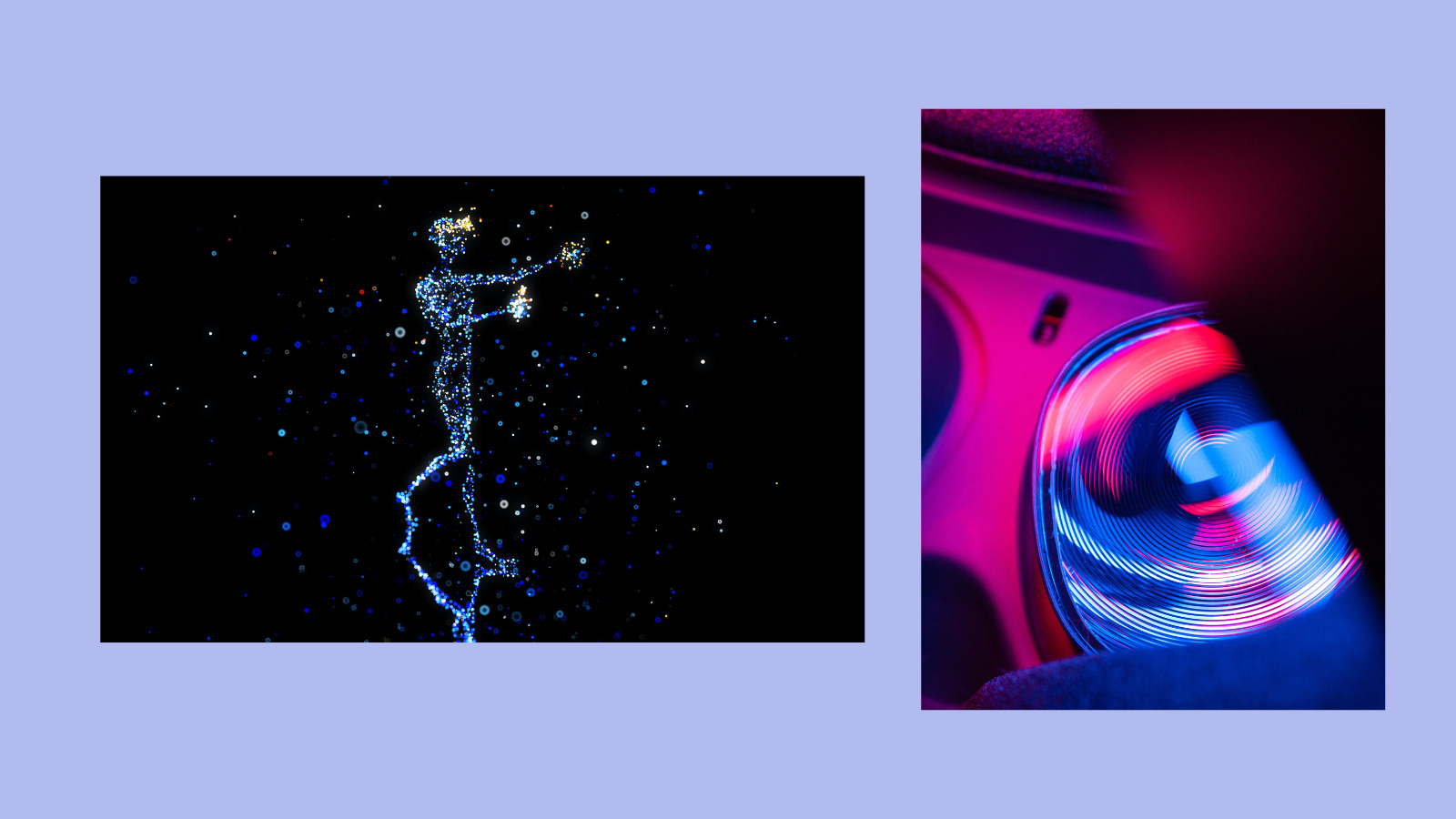
22 Jun Painting the Future with Augmented Reality: From Fitting Rooms to Art Rooms
Augmented reality, or AR, isn’t a new technology, however, advancements in accessibility have allowed users to create more and more impressive experiences. On a corporate level, businesses can utilize AR as a sales driver and education tool. But artists and creatives have the ability to create experiences driven by the passion of their work. This reminder brings to the forefront the constant need for practicing and driving creativity, as what is produced by AI-driven tools can only be as valuable as the thought put into producing it.
There are some brands utilizing AR in innovative ways to help customers envision products in spaces, or what products could look like when customized or worn. Other companies, such as news organizations, are even utilizing AR to educate readers and viewers on subject matter.
AR in the Retail World: Redefining the Shopping Experience
The usage of AR in retail is fairly common. For example, Ikea utilizes AR to help online customers envision what products would look like in their own home. Corporations Target and Wayfair have similar systems. Customers can upload a photo of their space and then utilize AR to try different products in the space.
For apparel, companies such as Converse allow customers to virtually try on products. Small business owners and creatives use this tactic as well – some designers have utilized AR to put on fashion shows or to allow potential customers to interact with designs. Google has one of the most extensive versions of this generative AI model. Customers can see how products from some of the top-searched brands across the web fit on a variety of diverse models. Oftentimes customers feel underrepresented by the models pictured on brand website, so this AI tool allows users to better see what a product may look like on themselves after seeing it on someone who may look like them.
In the beauty world, cosmetic retailers such as Sephora utilize AR so customers can try shades of cosmetics. It can assist with matching products to skintones and also allow customers to see realistic versions of certain shades. Amazon Beauty has a similar program for hair colors, and even Snapchat and Tiktok have filters to allow users to try certain hair and makeup looks.
Unique Brand Experiences: Driving Engagement and Loyalty through AR
Some brands have attempted to utilize AR uniquely, by creating brand experiences through AR in the app. Instead of viewing product, trying it on, or seeing how it fits a space, the companies have made an attempt at brand loyalty by focusing on education and background of the product. Some have even created user interactions such as scavenger hunts, for some retailers or food companies. Or, for some alcohol brands, tours of distilleries, breweries, or wineries. Experiences such as these help drive customer engagement and e-commerce sales. Additionally it can help drive brand loyalty as customers are allowed to have deeper interactions with products before committing. The experiences can drive a deeper understanding of the brand values itself and choose to keep returning.
Artistry in Augmented Reality: Where Creativity Meets Technology
While an artist’s use of AR can be comparatively similar to the usage of AR by a corporation, the inspiration and motivation behind it differ in nature, with creativity at the core.
For example, artist Glenn Sagard, of Vancouver, Canada uses AR to enhance tattoo designs. One could picture how AR could be utilized to test a tattoo design before fully committing, but Sagard takes it a step further. After a tattoo design is complete, a viewer can look through an AR filter that enhances the tattoo. Added mobile and lively features appear, making the tattoo even more unique and representative of his work.
Inspired art installations driven by AR are also growing in popularity. Artist Tamiko Thiel utilizes AR, VR, and AI to create several interactive artworks. Her projects range from augmenting public monuments, to stand alone large-scale videos and imagery. She has a background in more traditionally accepted forms of art – such as print, sculpture, and video. Grafitti artists are even branching out into utilizing AR, as it allows works to be viewed without damaging property.
Additionally, AR is even making access to art education even easier. Boulevard AR is is an app that users can use to virtually visit museums, making art more accessible for viewers. LaanLab also uses AR to allow users to place AR on the walls of their home, and then edit and explore styles. AR even allows viewers to view publicly displayed works in the comfort of their home. These are just a couple out of dozens of apps and companies leaning in to AR in order to shorten the reach for access to art education and overall enjoyment of art.
With the utilization of AR rapidly advancing, both creatively and within corporations, the need for creative minds behind the utilization of AR is even more important. With several companies using the same AR tactics to engage users, the need for originality of thought is rising in order for the impact and experience to feel unique and authentic.

